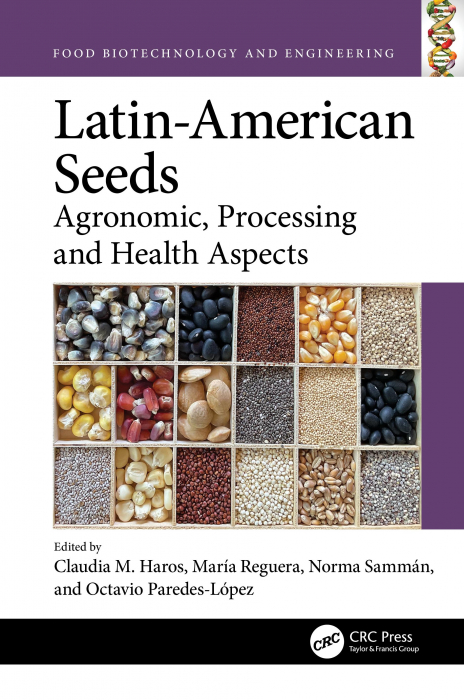Latin-American Seeds - - Bog - Taylor & Francis Ltd - Plusbog.dk
In the last few years, the Latin-American seeds have gained increased importance (also due to the increased demand for gluten-free foods). Worldwide demand for Latin-American seeds and grains has risen in a high proportion. In parallel, seeds and grains'' research from this region in all relevant fields has been intensified. Latin-American Seeds: Agronomic, Processing and Health Aspects summarizes the recent research on Latin-American crops regarding agronomic and botanical characteristics, composition, structure, use, production, technology, and impact on human health. Latin-American cultivars studied here are included in the groups of cereals, pseudo-cereals, oilseeds, and legumes that are used in a great variety of innovative and traditional foods. The main crops that are covered in this book are Latin-American maize ( Zea mays ), amaranth ( Amaranthus spp), quinoa ( Chenopodium spp), kañiwa ( Chenopodium pallidicaule ), chia ( Salvia hispanica ), sacha inchi ( Plukenetia volubilis ) and legumes such as black turtle and common beans ( Phaseolus vulgaris ) and tarwi ( Lupinus mutabilis ). Key Features: - Contains updated information about recent research works on Latin-American crops - Includes a variety of Latin-American plant species that are used in a great variety of innovative and traditional foods - Addresses a wide range of topics related to agronomy, plant physiology, and nutritional and technological properties, processing, fractionation and development of new products for human health



























